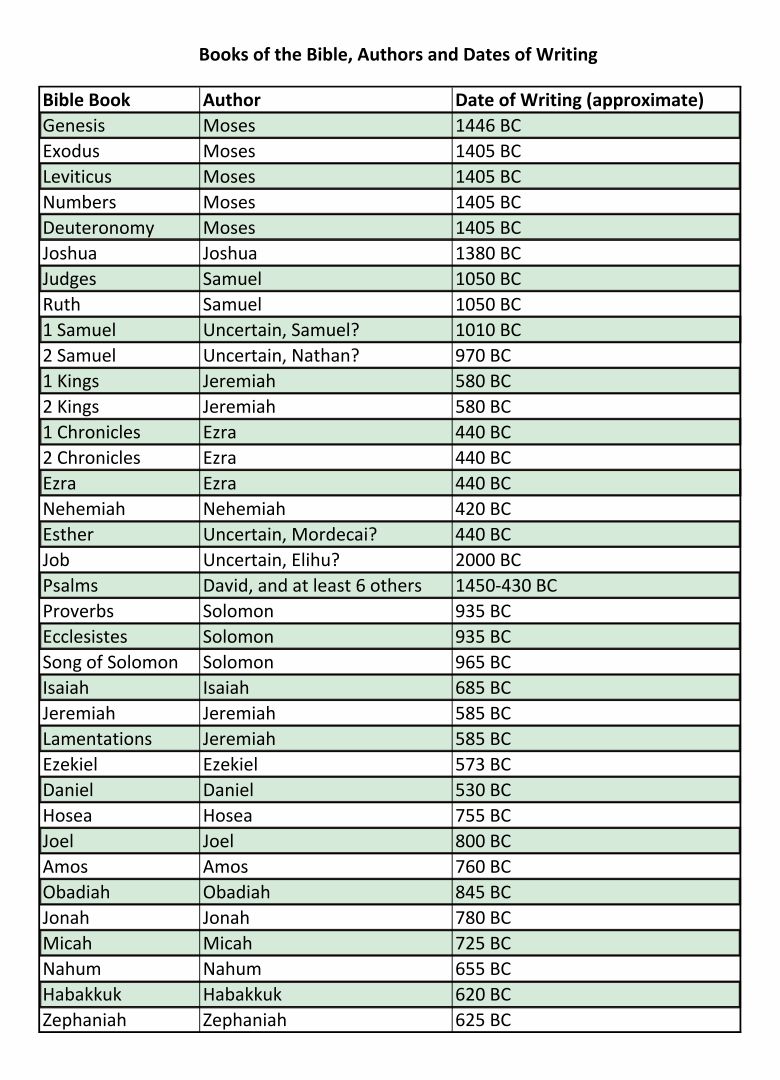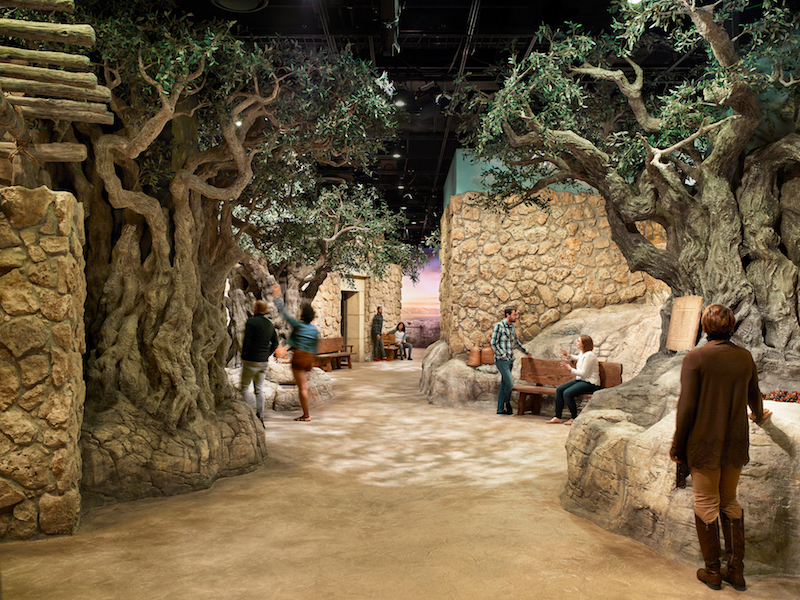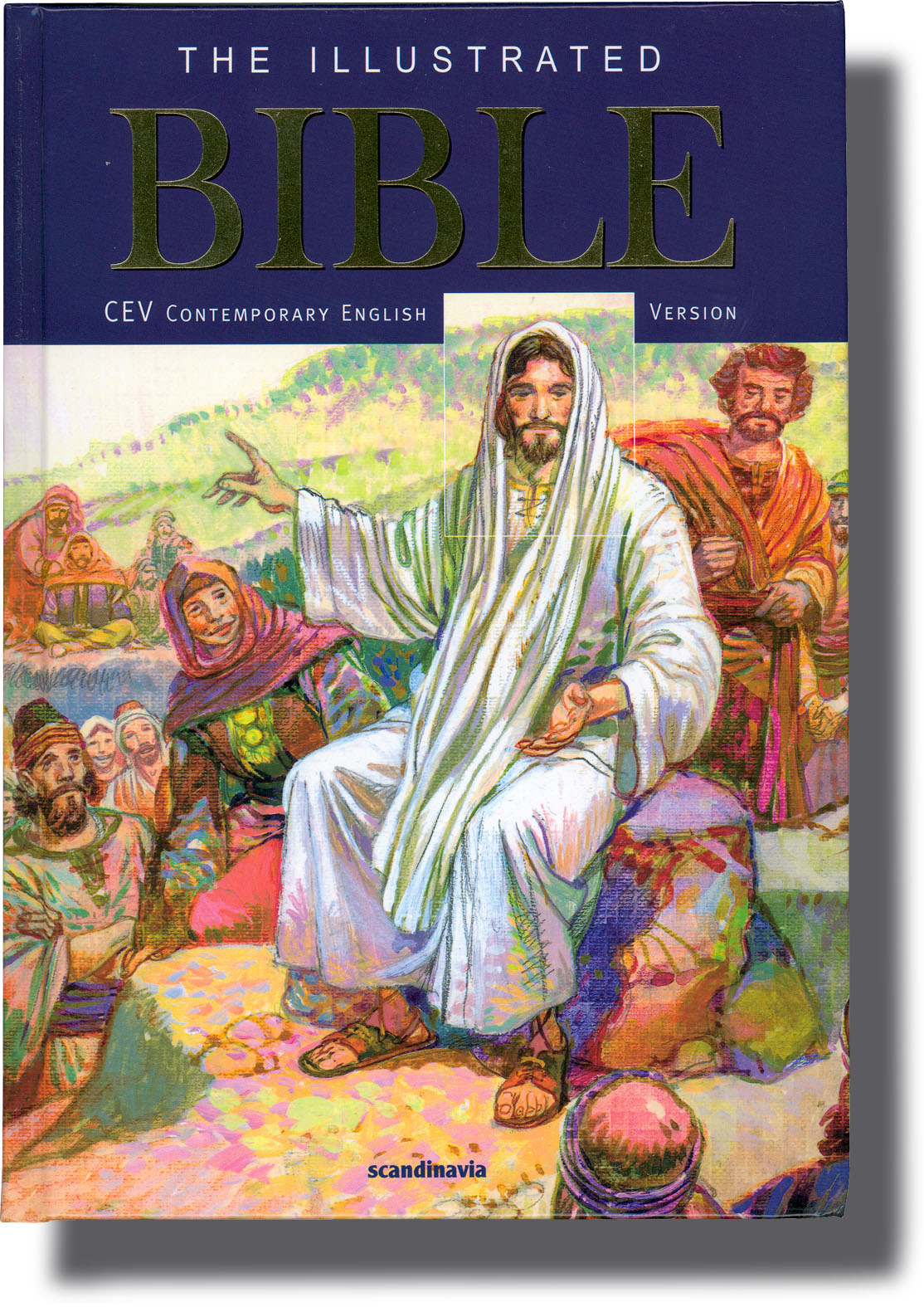15 "Then, with great skill and care, make a chest piece to be worn for seeking a decision from God. Make it to match the ephod, using finely woven linen embroidered with gold and with blue, purple, and scarlet thread. 16 Make the chest piece of a single piece of cloth folded to form a pouch nine inches square. The first row will contain a red carnelian, a pale-green peridot, and an emerald.
18 The second row will contain a turquoise, a blue lapis lazuli, and a white moonstone. 19 The third row will contain an orange jacinth, an agate, and a purple amethyst. 20 The fourth row will contain a blue-green beryl, an onyx, and a green jasper. 21 Each stone will represent one of the twelve sons of Israel, and the name of that tribe will be engraved on it like a seal.
It has a waxy luster and can be semi-transparent to translucent. Specimens that are called by the name chalcedony are generally milky white, light gray, blue and yellowish brown in color. Chalcedony in gem form is general cut in cabochons, as it is not well suited for faceting. In Bible times, chalcedony was used extensively in the carving of seals, signet rings, beads, bowls, goblets, glasses, and other household objects.
The word "chalcedony" is derived from the name of the ancient Greek town, Chalkedon, in Asia Minor, in modern English usually spelled Chalcedon. It is listed as the third foundation stone of the New Jerusalem. There shall be twelve stones with their names according to the names of the sons of Israel.
They shall be like signets, each engraved with its name, for the twelve tribes. In fact, one of the characteristics of jasper is that it is able to take a high polish and was used in ancient times as mantles, pillars, vases, and other interior decorations. Jasper is named as the 12th stone in Aaron's breastpiece. Scholars think that the yashepheh here actually refers to a green form of Jasper - which was very rare, and highly prized. Jasper is mentioned in several places in Revelation, most noted being the 6th foundation stone of the New Jerusalem.
Pliny the Elder who lived and wrote around the same time that the book of Revelation was written, describes iaspis as "being green and often transparent" which is of interest since today we consider jasper to be opaque. The wall was built of jasper, while the city was pure gold, clear as glass. The foundations of the wall of the city were adorned with every kind of jewel. And the twelve gates were twelve pearls, each of the gates made of a single pearl, and the street of the city was pure gold, transparent as glass. L. Jacinth (jā'sĭnth) (Exod.28.19; Exod.39.12; Rev.21.20).
In modern mineralogy the jacinth is the transparent red, yellow, orange, or brown form of the mineral zircon . However, in the Greek the word connotes a dark blue stone. It is possible that it is the sapphire; if so, the NIV renderings of "sapphire" may represent the lapis lazuli .
The jacinth was the first stone in the third row of the priest's breastplate and will be the eleventh foundation stone of the Holy City. In the Tanakh, the Hebrew Bible, a different gemstone is listed for each of the twelve tribes of Israel. They are, in the 1st row, carnelian, chrysolite, and emerald; in the 2nd row, turquoise, sapphire, and amethyst; in the 3rd row, jacinth, agate, and crystal; in the 4th row, beryl, lapis lazuli, and jasper.
Curiously enough, the construction is described differently in the New Jerusalem Bible . The stones listed for the foundation include diamond, lapis lazuli, turquoise, crystal, agate, ruby, gold quartz, malachite, topaz, emerald, sapphire, and amethyst. Being as the version in the paragraph above is older, it is probably the more accurate of the two. Rubies have made recurrent appearances in gold ornaments through centuries.
Though known to most people as the blood-red gemstone, rubies do have other varieties that are more mildly colored. Ruby gets its red tinge from chromium that amounts of which control the color scale of the stone. The name ruby is a derivative of the Latin term "ruber" which means "red". Ruby is one among the four precious gemstones, others being emerald, diamond and sapphire.
Ruby is graded on the values of 3Cs- color, clarity and cut. The pricing of the stone however involves the fourth factor, the carat weight, but it is not a constant for grading. The best guess of scholars is that the first row contained red jasper, topaz, and emerald. The second row contained garnet, malachite, or turquoise in the first slot, lapis lazuli in the second, and onyx in the third.
The third row contained amber or jacinth, agate, and amethyst. The fourth row contained jasper, serpentine, lapis lazuli, amber or topaz in the first slot , malachite or onyx in the next slot, and ruby, hyacinth or emerald in the third. Jewels of the bible set of 12 multi-gemstones free-form rough.
This set includes one each; ruby, turquoise, red zircon, green chrysoberyl, topaz, sapphire, agate, onyx, beryl, emerald, amethyst and jasper. MINERALS. The present science of mineralogy with its names and exact terminology is a young science, younger even than physics, chemistry, astronomy, or mathematics. Mineralogy as a science certainly did not exist at the time the Bible was written. It is impossible to be certain in all cases that when a mineral is named in the Bible it is the same mineral designated by that name in modern mineralogy. The gemstones or precious stones of the Bible are minerals with identities that are presently in a state of uncertainty and confusion. There are, of course, a number of minerals that present no problems.
Water is a mineral whose identity we have always been certain about. No one questions the meaning of gold, silver, or iron. Although jacinth or hyacinth is named as one of the gemstones of the breastplate of Aaron, its gemological identity is uncertain. In modern gemological terms, hyacinth refers to an orange-red to brown-red variety of zircon. However, in biblical times, hyacinth may have referred to a blue gemstone, such as sapphire or perhaps lapis lazuli.
We cannot know if the blue Hoshen stone really was the sapphire we know today. It is actually presumed to be lapis lazuli – a blue gem common to the area in ancient times. Lapis lazuli is softer than sapphires and easier to process.
Pliny the Elder, a first century philosopher, described the "sapphire" as a stone resembling lapis lazuli – a blue stone with flakes of gold, i.e. – not the sapphire we know today. It is an orangish red quartz used in ancient times by royalty. The Hebrew word "Odem" is sometime translated as Sardius. It might also have been known in Biblical times as garnet or red jasper.
This precious stone is commonly found in Germany, Siberia, India and Brazil. Turquoise is hydrous compound of phosphorus, aluminum and copper. It is opaque, blue to blue-green in color with a dull, waxy luster. Turquoise is not mentioned in the KJV of the Bible, but it can be found in references in some of the newer translations.
Turquoise specimens have been found in excavations of early civilizations such as Sumer . Turquoise was used by the Egyptians of the First Dynasty who mined it at Serabit on the Sinai Peninsula. Turquoise was one of the first gemstones to be mined and some of the oldest known mines come from this region, which is called "Country of Turquoise" by the native peoples. Turquoise was used for jewelry, beads, amulets and inlaying on furnishings. Chrysoprase is a translucent, bright apple or grassy green variety of chalcedony.
Chrysophrase is listed as the 10th stone in the foundation of the New Jerusalem. The modern word comes from the Greek chrusoprasos and literally translated is chrusos meaning "golden" and prason meaning "a leek" indicating the color of the stone. Chrysoprase has been discovered in archaeological digs in ancient Egypt. A necklace which included chrysoprase beads was found on a mummy dating back to 1500 BC.
The most famous deposits of chrysoprase came from Silesia . During the Middle Ages, it was believed that if one who was condemned for crime held the stone in his mouth he would escape the just punishment of his crime. The biblical Aaron may have been the original King of Bling. More than 3,300 years ago, the first high priest of the Hebrews dazzled his followers with a gleaming breastplate fashioned with gemstones representing the 12 tribes of Israel.
The inscribed gems — which included emerald, sapphire, amethyst and topaz — were arranged in four rows and set in gold. As will be demonstrated below, the referential identity between the two terms is absolutely solid. The Septuagint by virtue of both its influence on other ancient translations as well as the presence of Greek treatises on stones provides the foundation for the analysis. J. Emerald (Exod.28.18; Exod.39.11; Ezek.28.13; Rev.4.3; Rev.21.19). The emerald is a transparent to translucent deep green form of beryl .
It is probably derived from a root that means "to hammer" and may refer to the hardness of this gem. The Greek word connotes a light green gem and is almost certainly the emerald. The emerald was the last stone in the second row of the priest's breastplate and is listed as the fourth foundation stone of the Holy City. A single crystal taken from the Black Hills of South Dakota weighed as much as seventy-five tons. Gem varieties include yellow or golden beryl; emerald, which is a highly prized translucent to transparent sea-green stone; aquamarine, which is blue; and morganite, a rose-red variety.
Beryl was the third stone in the top row of the priest's breastplate, and will be the eighth of the foundation stones of the Holy City. The most precious stones are those that have a hardness of 7, 8, 9, and 10. All of these could easily scratch glass, which has a hardness of 5 1/2 to 6. Many of the precious stones of the Bible belong to the quartz or chalcedony family with a hardness of 7.
Emerald is a green beryl (H 7 1/2 to 8); topaz has a hardness of 8; the ruby and sapphire, both forms of the mineral corundum, have a hardness of 9. Gems which are mentioned in the Bible include agate, amethyst, carnelian, coral, pearl, sapphire, and dozens of others. One of the most prominent mentions of precious gemstones in the Bible is the foundation stones of New Jerusalem.
Foundation Stones of New Jerusalem One of the most prominent mentions of precious gemstones in the Bible is the foundation stones of New Jerusalem. Coral is a limestone formation of calcium carbonate produced by the skeletons of millions of tiny marine animals . Because it is of animal origin it is not technically considered a mineral.
Gem quality coral or precious coral is only found in a few places in the world, one being the warm waters of the Mediterranean Sea which produces some of the very finest. It is unique in that it has an internal skeleton which can be polished bringing out it's beautiful shades of red. It grows in bush-like clumps of branches about a foot high and must be harvested while still living to preserve the color.
If the polyps die before a branch reaches the surface, the coral turns dark and loses its value. This precious coral has been harvested from the earliest times and prized by many civilizations. Many specimens of polished branches mixed artfully with beads have been discovered in early Egyptian jewelry. Discrepancies are common with gemstones because the meanings of some of the original words have been lost over time.
The first row was a row of ruby, topaz, and emerald; and the second row, a turquoise, a sapphire and a diamond; and the third row, a jacinth, an agate, and an amethyst; read more. Henry Schober of Edmonton, Canada, was cutting a loaf of bread to make a sandwich, when he his amazement he found a diamond engagement ring. As a result of a lot of publicity, the owner of the ring was found. It is not likely that gem favored bread will ever catch on, but the fact is, there are many gems in the Bread of life--the Word of God.
There are hundreds of verses in the Bible dealing with over 50 jewels and precious stones. It would take hours just to read all that the Bible has to say about gems. The KJV has an astonishing total of 1,704 references to gemstones and minerals under 124 Greek and Hebrew names. You could devote a life time to the study of this subject.
Like the other three gemstones, the history of rubies is also thickened with myths and lores. The gemstone occurs four times in the Biblical text, and in each time, it has been associated with the attributes of wisdom and beauty. That explains the stone's astrological association with desire and power. The name Ruby is also mentioned in ancient Sanskrit scripture where it is referred to as "ratnaraj", meaning the "king of precious stones". It was believed in ancient Hindu culture that rubies offered to Lord Krishna were returned to his disciples as reincarnations as emperors. Possession of rubies in Hindu society was considered an advantage of safety.


























